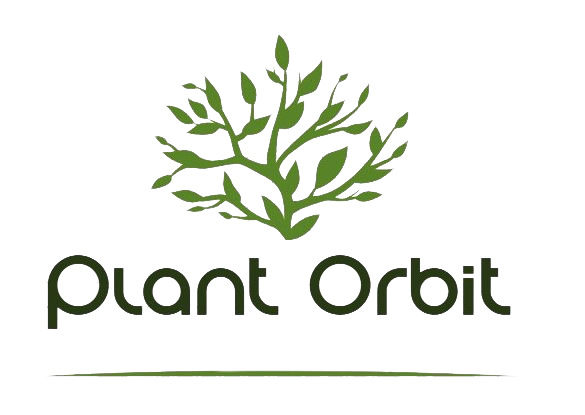Succulents are renowned for their ability to thrive in arid conditions, making proper soil composition crucial for their health. An ideal succulent soil mix ensures rapid drainage, adequate aeration, and sufficient nutrient availability.
Key Components of Succulent Soil Mixes
-
Organic Matter: Provides essential nutrients and retains moisture. Common choices include:
- Coconut Coir: A sustainable alternative to peat moss, offering good moisture retention without becoming waterlogged.
- Composted Pine Bark: Enhances soil structure and nutrient content.
-
Mineral Components: Ensure proper drainage and aeration. Options include:
- Perlite: A lightweight volcanic glass that improves drainage.
- Pumice: A porous volcanic rock that enhances aeration and drainage.
- Coarse Sand: Increases drainage; avoid fine sand as it can compact and reduce aeration.
DIY Succulent Soil Mix Recipes
Here are some recommended DIY recipes for succulent soil mixes:
Basic Succulent Mix
A simple blend of 3 parts potting soil, 2 parts coarse sand, and 1 part perlite.
Pine Bark Mix
Includes 2 parts organic matter (such as pine bark), 2 parts coarse sand, and 1 part perlite for a balanced, well-draining soil.
Perlite-Rich Mix
A combination of 1 part potting soil, 1 part coarse sand, and 1 part perlite, ideal for succulents requiring excellent drainage.
Sand and Perlite Mix
A straightforward mix of 2 parts coarse sand and 1 part perlite, suitable for succulents that prefer sandy soils.
Considerations for Optimal Soil Mix
- Drainage: Ensure the mix allows water to flow through easily to prevent root rot.
- Aeration: A well-aerated mix supports healthy root systems.
- Nutrient Content: While succulents require fewer nutrients than other plants, incorporating a slow-release fertilizer can be beneficial.
Additional Tips
- Avoid Peat Moss: Peat can retain too much moisture and become hydrophobic when dry, making it less suitable for succulents.
- Container Choice: Use pots with drainage holes to prevent water accumulation.
- Watering Practices: Allow the soil to dry out completely between waterings to mimic the natural arid conditions succulents prefer.

